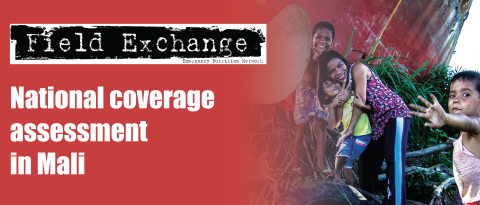Multiple crises overwhelm emergency food relief agencies
Summary of published article1
Location: Global
What we know: The world is facing its largest refugee crisis since World War 2. Inadequate funding is significantly compromising food aid delivery. The US is the world’s largest food donor.
What this article adds: Current US food aid systems are inefficient, politically influenced and subjected to budget cuts. An opportunity to reform the US food aid system has been missed. The European Union’s (EU) aid programme is also heavily influenced by domestic politics and strategic and historical interests.
An article written in August 2014 in the Lancet makes the case that a set of circumstances including conflict, climate change, poverty and underdevelopment has overwhelmed the emergency food relief agencies and that this is being made worse by antiquated, inefficient and politically influenced food aid systems. The author makes the case that the world is currently facing its biggest refugee crisis since World War 2 with over 51.2 million forcibly displaced people – an increase of 6 million since 2012. Furthermore, funding shortfalls have meant that a third of refugees in Africa have had their food rations cut by more than half. Impending food crises in southern Sudan, Somalia and Central African Republic (CAR) have added to this mix of need but donor pledging for these crises have all fallen short, e.g. the UN aid request for Somalia has only been 25% funded. The High Commissioner for Refugees has stated that “The number of crises around the world is far outpacing the level of funding for humanitarian operations and vulnerable refugees in critical operations are falling through the cracks”. Among the hardest hit are the 300,000 refugees from South Sudan and CAR who have had their daily ration of 2,100 kilocalories reduced by 60% to just 850 kilocalories per day. According to a WFP and UNHCR report, conditions in the refugee camps were poor even before the current funding problems, citing nutritional surveys between 2011 and 2013 showing critical levels of acute malnutrition, stunting and anaemia. More than 85% of the camps surveyed had stunting levels of 20%.
Another issue is that the USA, by far the world’s largest food donor at about 2.3 billion dollars annually, is being hamstrung by an antiquated food aid system that is widely agreed to be both costly and inefficient. Efforts to reform the Cold War era system- which requires that the bulk of food is purchased domestically and shipped on US flagged vessels – have been hampered by entrenched business interests and budget cuts. The Deputy Director of USAID is on record as saying that their food aid programme is “under stress”. Things could get tougher if a provision slipped into the Coast Guard and Maritime Transportation Act passed by the US House of Representatives goes through. This would raise the requirement that the US food aid be shipped on US-flagged vessels from 50% to 75% and is being fought by the Obama administration. The current proposal raises shipping costs by 46% according to a Cornell University study, and food can take 4-6 months to arrive. The shipping industry has mounted a lobbying campaign in favour of the higher requirement for US-flagged shipping, arguing that it helps both US national security and jobs.
Meanwhile the food aid system has again missed a chance for reform, as the once-every 5 years Farm Bill that controls it has kept it unchanged. A proposal for change in future years has come in the form of a bill introduced in the Senate in June 2014 that seeks to reform the current system that has been in place since 1954. The Bill would move food aid authority from the agriculture budget (the Farm Bill) to the foreign assistance budget and end the requirements for monetisation (the sale of commodities overseas to fund development activities) and US-food purchase and shipping. This Bill would result in an additional 79 million people receiving food if enacted.
The authors of this article assert that the European Union’s (EU) aid programme is also heavily influenced by domestic politics and strategic and historical interests. A report commissioned by the evaluation section of the EU’s humanitarian aid arm found that funding decisions were still ultimately determined by national strategic interests. For example, different criteria may apply to aid for recipient countries where there are strong historical ties with the donors. Furthermore, “transparent resource allocations based solely on need is rarely achieved”.
1 Lowenberg.S (2014). Multiple crises overwhelm emergency food relief agencies. Vol 384, August 9th, 2014. www.thelancet.com


